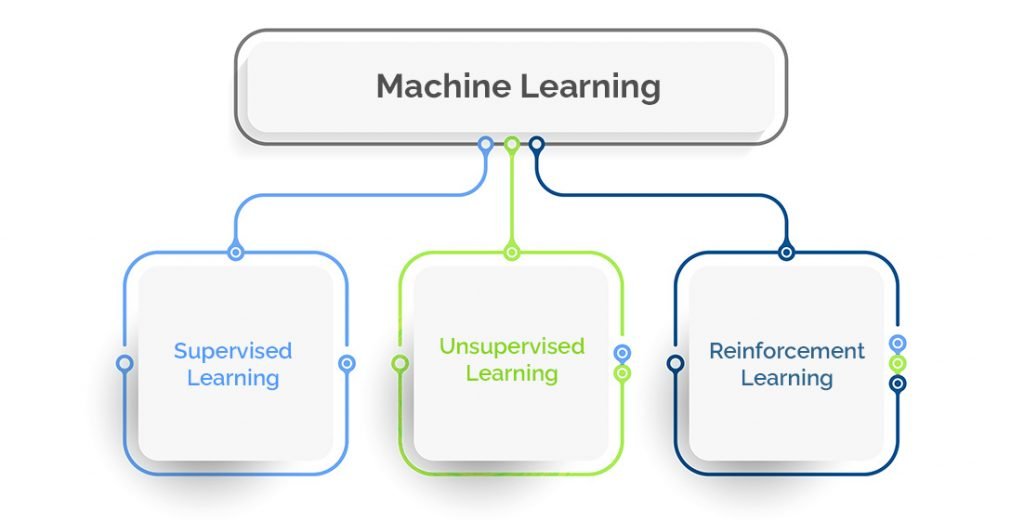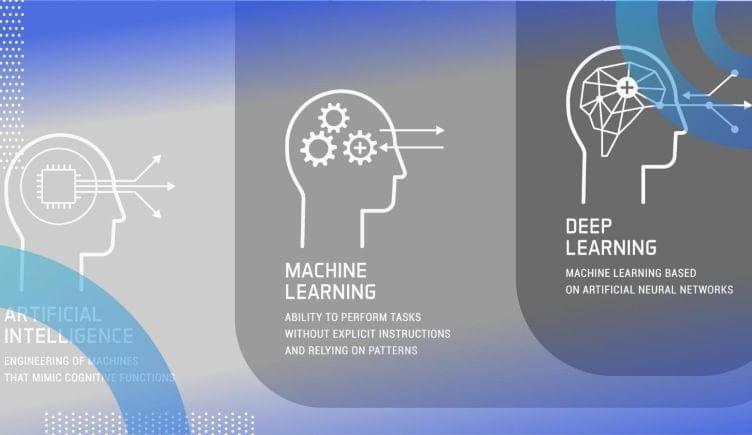What Is Machine Learning In Simple Words?
Machine learning is a type of artificial intelligence (AI) that allows computers to learn and improve from experience without being explicitly programmed. It focuses on the development of computer programs that can access data and use it to learn for themselves. Through iterative processes, machines are able to learn from data, identify patterns, and make decisions with minimal human intervention. In simple terms, machine learning is about teaching computers how to learn.
Definition of Machine Learning
Machine Learning (ML) is an application of Artificial Intelligence (AI) that provides systems with the ability to automatically learn and improve from experience without being explicitly programmed. ML focuses on the development of computer programs that can access data and use it to learn for themselves. This helps the computer to learn from past experiences and adjust to new data. As a result, ML can be used to solve complex problems that would otherwise be too difficult for humans to solve. ML algorithms are used to detect patterns and make predictions, and are often used in image recognition, natural language processing, and predictive analytics. By using ML, businesses can improve accuracy in decision-making and automate processes, thus increasing efficiency.
Types of Machine Learning
Machine learning is the process of teaching computers to understand, analyze, and interpret data. It is a sub-category of artificial intelligence (AI) and can be divided into various types. Supervised learning is when the machine is provided with labeled data and it is used to predict or classify future data. Unsupervised learning is when the machine is not provided with labeled data and it instead looks for patterns or clusters in the data. Semi-supervised learning is a combination of supervised and unsupervised learning. Reinforcement learning is when the machine is rewarded for making the right decision and penalized for making the wrong decision. This type of learning is used to create autonomous systems that can make decisions on their own. Finally, transfer learning is when the machine uses knowledge from one task to solve a different task.
Machine learning can be used in various fields such as healthcare, finance, education, and more. By understanding the different types of machine learning and how they can be applied, businesses can gain valuable insights and make data-driven decisions.
Benefits of Machine Learning
Machine learning is a subset of artificial intelligence that enables systems to automatically learn and improve from experience without being explicitly programmed. It has become a popular field of study due to its wide application across many industries. Machine learning algorithms are used to build computer models that can identify patterns in data and make predictions about future outcomes. Machine learning can be used to solve complex problems, perform predictive analytics, and deliver personalized experiences. The benefits of machine learning include improved accuracy, faster decision-making, and increased efficiency.
For businesses, machine learning can help improve customer experience, increase sales, optimize operations, and reduce costs. For example, machine learning can be used to detect fraudulent transactions, classify customer segments, recommend products, and automate customer support. In healthcare, machine learning can be used to detect disease, predict patient outcomes, and recommend treatments. In the financial sector, machine learning can be used to detect fraud, recommend investments, and assess credit risk.
Machine learning is also being used to improve the accuracy of natural language processing, facial recognition, computer vision, and robotics. By leveraging the power of machine learning, businesses can gain a competitive edge and maximize their potential. With the increasing availability of data and computing power, machine learning is set to become even more important in the coming years.

Applications of Machine Learning
Machine Learning is often used to develop applications that can identify patterns in large data sets and make decisions based on those patterns. These applications can be used for a variety of purposes, from predicting stock prices to detecting fraud. Machine Learning has become an important tool for businesses in recent years, as it allows them to automate many processes and improve efficiency. Companies can use Machine Learning to optimize their product designs, detect patterns in customer behavior, and even improve their customer service practices. Machine Learning has also been used in medical applications to detect anomalies in patient records and medical images, diagnose diseases, and even predict the likely course of a patient’s illness. Machine Learning can also be used in security and surveillance to detect objects in real-time and alert the appropriate authorities. Ultimately, Machine Learning has become an invaluable tool for businesses and organizations, as it allows them to gain insights from large data sets and make decisions more quickly and accurately.
Challenges of Machine Learning
Machine learning has become an essential part of our lives, from driving a car to using a smartphone. But, with it come challenges. It is difficult to develop an algorithm that can learn from data and make decisions accurately and efficiently. The challenge is compounded by the fact that the data used to train the algorithm can also be noisy and incomplete, making it difficult to know which parameters to adjust. Additionally, as the data increases, the complexity of the algorithm can increase exponentially, making it increasingly difficult to develop an accurate model. Furthermore, it is also difficult to identify and manage bias in machine learning models, as well as interpret the results of the model in a meaningful way. Despite these challenges, machine learning is an incredibly powerful tool that can be used to solve complex problems, and its use is only increasing.
Tools for Machine Learning
Machine Learning is a powerful tool for data analysis that enables computers to learn from data and make predictions. It uses algorithms to analyze large datasets, identify patterns, and draw conclusions. In simple words, the algorithms are programmed to recognize patterns within the data and use those patterns to make decisions. In this way, the computer can learn from the data and make decisions based on past experiences.
Tools for Machine Learning are designed to make the process of developing models easier and faster. For example, scikit-learn is an open-source library of algorithms, designed to help developers create models quickly and easily. It has a wide range of supervised and unsupervised machine learning algorithms, as well as a variety of pre-processing and feature engineering tools.
TensorFlow is another popular tool for Machine Learning. It is an open-source library of algorithms that allows developers to build, deploy, and manage machine learning models. It also provides a variety of tools for training and deploying models, including data visualization, model optimization, and hyperparameter tuning.
By leveraging these tools, developers can quickly and easily create powerful Machine Learning models that can be used to make predictions and draw insights from data. With the right tools, developers can create models that can learn from data and make decisions faster and more accurately than ever before.
FAQs About the What Is Machine Learning In Simple Words?
1. What is machine learning?
Answer: Machine learning is a subset of artificial intelligence that enables computers to learn from data, identify patterns, and make decisions without being explicitly programmed to do so.
2. How is machine learning being used today?
Answer: Machine learning is being used in a wide range of industries, from healthcare to finance, to automate processes and make predictions. Companies are using machine learning to better understand customer preferences, optimize operations, and detect fraud.
3. What are the benefits of using machine learning?
Answer: Machine learning can help organizations become more efficient and gain insights from data that would otherwise be too complex to analyze. It can also reduce costs, improve customer experience, and increase the accuracy of predictions.
Conclusion
In conclusion, Machine Learning is a type of Artificial Intelligence (AI) that allows computers to learn and improve from experience without being explicitly programmed. It uses algorithms to identify patterns in data and then uses the data to make predictions and decisions. Machine Learning can be used to analyze large amounts of data and identify trends and patterns that are too complex for humans to detect. Machine Learning can be used in many different areas, such as predicting customer behavior, recognizing speech, and analyzing images.





